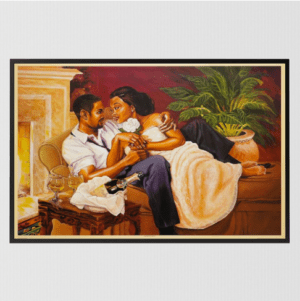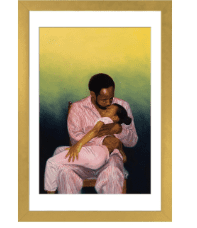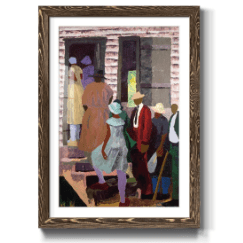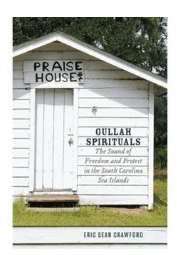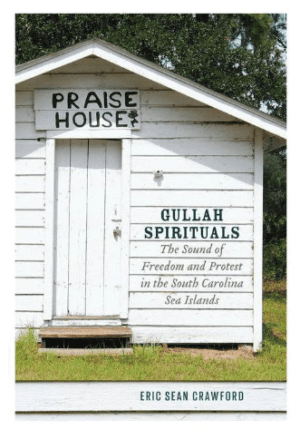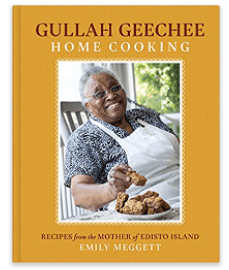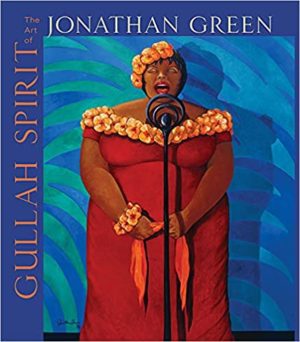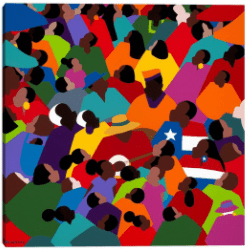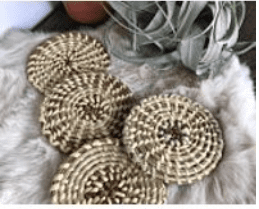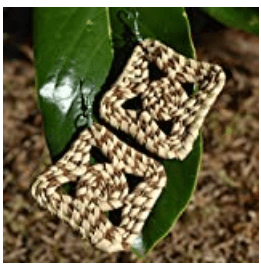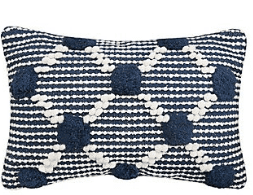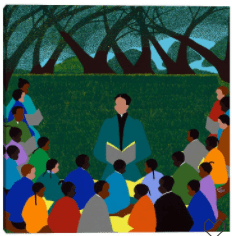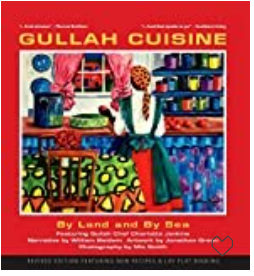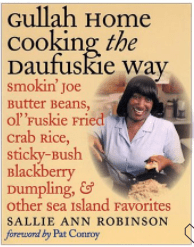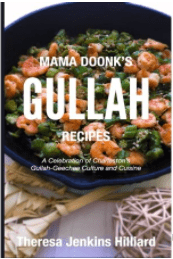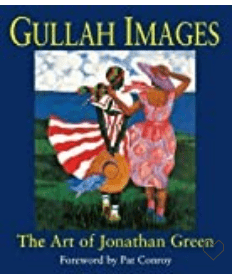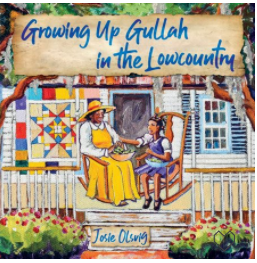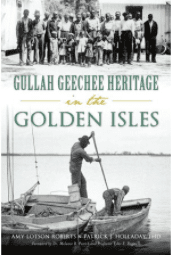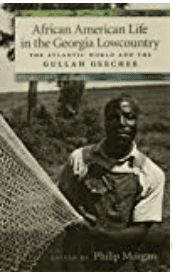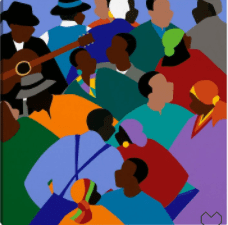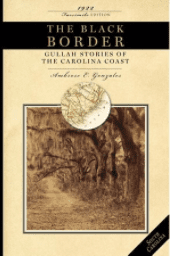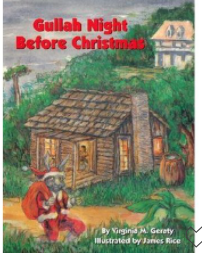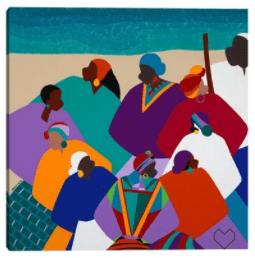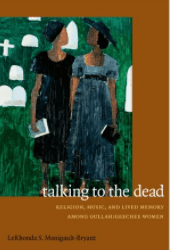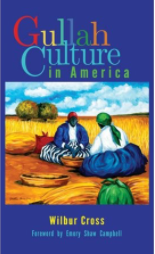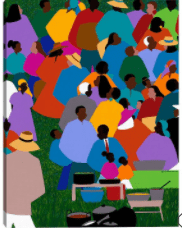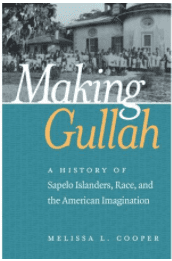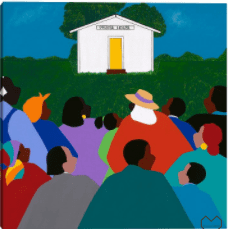
What does it mean to eat black in Appalachia? That’s a big question. The region known as Appalachia involves 13 states and countless unincorporated communities. Appalachia spans throughout what we would consider northern states such as Ohio, Pennsylvania, and Maryland and even parts of Canada. ‘Big’ cities like Atlanta, Birmingham (AL), and Chattanooga are within the Appalachian region, though most people from those cities would simply consider themselves southern without knowledge of or acknowledgement of being Appalachian.
Frank X Walker coined the term Affrilachian, and it has gained widespread acceptance by the African American sons and daughters of the Appalachian Trail. Fantasia Barrino and Rhiannon Giddens, and scholar bell hooks along with poet-scholar (and foodie) Nikki Giovanni are Appalachian. Martin Luther King, Jr. was Appalachian, and many of the places he preached and marched were in the region.
It is entirely possible to be both Appalachian and Southern, because not all black Appalachians are “hill” or “mountain” folk. Affrilachians are not a monolithic people. Affrilachians were important to every social movement involving African Americans in the nation’s history, including the abolitionist movement and the Civil Rights movement. Affrilachians have influenced popular culture with contributions to literature, music, and art.
Black Appalachians were a part of their own migration movement similar to The Great Migration, in that they moved from rural areas to cities and they also moved northerly. Appalachia is a diaspora. Enslavement and the Underground Railroad co-existed throughout Appalachia.
So, to eat black in Appalachia will mean different things to different people depending on where they were raised, their cultural influences, and their unique heritage as in their ancestors. For example, Affrilachians in the mountain regions of West Virginia and in rural areas of Kentucky will most likely have been exposed to foods that were hunted and vegetables that are common to the land and soil.
Here are a few basic characteristics of Affrilachian foodways:
- Pickling, canning, and fermenting foods for the sake of provision all year round. Sauerkraut and pickled green beans are often found in Appalachian cuisine. Drying beans and some vegetables is also common.
- Molasses and sorghum are important to baking, and sweetening foods. Meat glazes are made with molasses in some regions.
- Meats are often purchased at slaughterhouses or butcher shops, and wild game like rabbit, squirrel, venison, boar, and goose are served by some at daily and celebratory meals.
- In some regions, kale is as important as collard greens and often mixed together. Cabbage, green beans, sweet potatoes and white potatoes are staples. Okra is a staple depending on the region and culinary influence. Beans are an important part of Affrilachian cuisine. There are the beans you know about like black-eyed peas and pinto beans, but there are others like half-runners, greasy beans, and peanut beans that grow on the side of mountains.
- And some foods are bourbon-infused such as bourbon in bread pudding, cakes, and even vegetables.
Malinda Russell is perhaps the most influential of black cooks and recipe writers. She was born in Tennessee, trained in Virginia, and her dishes were common for Appalachia. Her Washington Cake is indicative of the spicy, citrusy desserts often baked in Appalachia. Pies and fried pies made from fresh berries, mashed squash, pumpkin and sweet potatoes are favorites. Chef and cookbook author Rufus Estes was also from Appalachia, and his ‘fried’ chicken is not prepared as we know it, it was prepared as pan-fried in butter, which was not uncommon in certain Appalachian regions.
Common to most black southern traditions, an Appalachian meal will include refrigerator rolls and cornbread. Sweet potato pie is a dessert staple as is bread pudding. Pies and cobblers made from berries and fruit indigenous to the region are also common.
There remains uncharted territory in the study of eating black and Appalachian. The best place to start is to learn more about the people and their history. To read about the black, Native American, immigrant, and social influences of Appalachia, Black in Appalachia is an excellent resource as is 100 Days in Appalachia.
SHOP OUR FAVORITES – CLICK THE IMAGE TO EXPLORE
